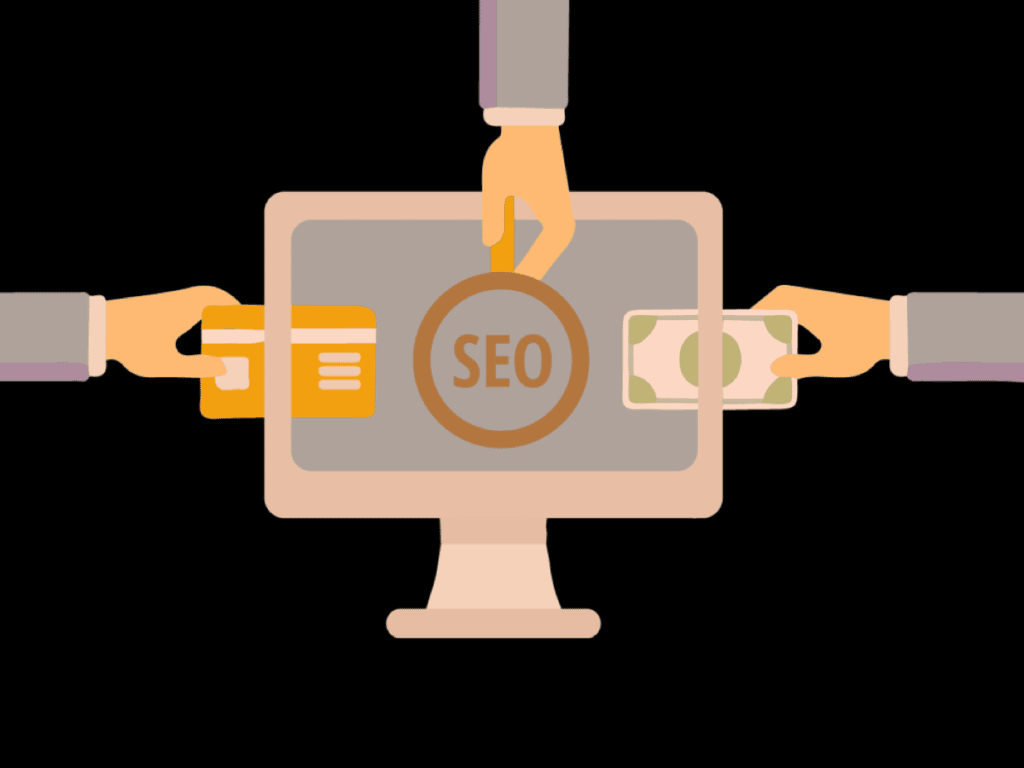Best Practice Tips for Practical and Technical Search Engine Optimization
According to a 2017 Wolfgang Digital study, 43% of all e-commerce traffic comes from organic Google searches. Studies year after year show that mastering SEO for e-commerce is essential for those businesses who rely on organic traffic and search queries to make sales.
Why, then, are a growing number of e-commerce companies experiencing continuous declines in organic traffic? Obviously, between Amazon and a wealth of other big-name retailers who are also online, e-commerce stores have a lot to compete against in the organic search world. It’s difficult to outrank any of them in organic search —but it is possible with a little elbow grease and a slight change of approach.
The Balance of Content & Usability in SEO for E-Commerce
Successfully leveraging SEO for retailers can be challenging! But it can be near impossible if you’re trying to dominate the sphere by content alone. Of course, any marketer knows that copywriting and regular content is vital to SEO techniques for e-commerce—it not only serves to drive traffic, connect with the audience, and engage prospects, but you also need it to convey product information.
But the problem is, too many e-commerce companies only focus on content. Even if you do optimize your content, it won’t do any good if you neglect the website’s technical aspects. Google won’t be able to index all that optimized content properly. That’s why so many e-commerce SEO strategies suffer. The majority of websites continue to build on a fully customized instance of a CMS (like Demandware or Shopify) and while they make UI improvements to their websites, they don’t resolve technical-related SEO issues, which can take a huge toll on organic search results.
However, if you optimize both the SEO for e-commerce content and the technical aspects of your site in tandem, they’ll work together. This gets your organic search traffic flowing and your qualified audience converting. Here are five steps to improve rankings:
1. Optimize Product Descriptions
If you are a distributor of third-party goods and want to rank, you need more than just a photo and copy-and-pasted descriptions from manufacturers. The problem is, most distributors have a limit of information from the third-party manufacturers, so their on-page content is lacking.
For example, if you’re an e-commerce website selling products made by third parties (think clothing, shoes, home decor or replacement parts), there’s a good chance your product descriptions aren’t consistent in-category. Worse, they often don’t include the manufacturer, artist or designer name, the color of the product, or the material the product is made from.
If you are selling jewelry, for example, describe the materials you use in the piece (e.g. rose gold, sterling silver). These are important keywords to consider when consumers are searching. Someone just starting their research might be using a top-of-funnel keyword like “women’s watches”. However, someone bottom-of-funnel would use something more specific like “rose gold women’s watch.”
Using these phrases and their variations in your descriptions allows Google to help consumers find exactly what they’re looking for. Further, if you neglect to use variations such as these and simply use the same meta tags across each product page on your site, you could also suffer lower search results due to Google viewing this as duplicate content.
Also worth considering: if you’re using generic or duplicate meta tags, a visitor might come to your website thinking they will find a specific product, only to arrive and find that the ranked product is nowhere near what they were looking for. They’ll exit your website immediately, resulting in a high bounce rate. Inversely, if your meta tags are specific to the on-page content and product, you’ll likely see a boost in conversions.
2. Optimize Category Pages
Carefully consider how you optimize your category and product pages for search engine results, so you don’t end up competing against yourself.
What do I mean by that? Let’s say you’re an e-commerce site that sells thousands of items of women’s jewelry, and one of those product categories is “women’s watches”. And within “women’s watches,” you have another hundred individual watch products. You don’t want to optimize each one of those individual pages with the keyword “women’s watches” alone. Rather, optimize only your main category page with this phrase; then, optimize each individual watch product page based on their particular brand, style, or color. Finally, link them all to the “women’s watches” category pages.
Doing this increases the chance that each page will rank for their own distinct keywords, while the plain category page will build rank for “women’s watches.” This gives your website an opportunity to rank for multiple keywords specific to their particular type. This then results in a wider breadth of traffic from various searches.
These category pages should also reflect in the site’s URLs as well, which I cover more thoroughly below.
3. Fix Non-descriptive URLs
How many times have you gone to a website, clicked on a product, and watched the following address display: www.example.com/watch-variant_123456? Not only is this useless to the human user, but it’s also useless to Google, too. Instead, you’ll want to consider using descriptive text in the URL. This makes it easier to find and navigate for both humans and robots.
To make your URLs even more descriptive, follow a distinct URL pattern that includes sub-folders (i.e. www.example.com/products/) for your store’s common categories. Don’t fall for the numeric variation trap (I’m looking at you, Shopify!). Moz explains why URL structure saves time and money during data gathering and analysis. Need more examples of properly structured URLs? Here’s an example I’ve run into with a client (looking back to the earlier example with women’s watches):
As we established, one of that company’s groupings or categories is “watches,” which could have a URL that looks like this: www.example.com/womens-watches/. Ideally, you’d want to keep the URL as descriptive as possible as it goes down the category hierarchy, so if a customer was looking at your line of “rose-gold classic watches,” the ideal URL may look something like this: www.example.com/womens-watches/classic/rose-gold.
Not only will this descriptive URL provide a visual cue (i.e. breadcrumbs) to the customer so they know they’re on the right page, but it will also increase the likelihood of your products appearing in search, and make it easier for you to measure the analytics and performance of each layer.
If that “classic watch” is also available in sterling silver or gold, their respective URLs should reflect those options, too: www.example.com/womens-watches/classic/sterling-silver and www.example.com/womens-watches/classic/gold.
4. Fix Broken Links
If you have expired/seasonal products, moved content, or a change in link structure, visitors will often be directed to a “404 Not Found page”. These kinds of broken links are bad for SEO ranking and are a bad user experience for visitors. Instead, redirect expired/seasonal product URLs to actual content (like a “similar product” page) with a 301 redirect. 301 redirects allow you to preserve the previous page rankings. It also makes it easy for search engines to find where your content has moved. This all culminates in helping your SEO for e-commerce score.
5. Train Your Copywriters on SEO Best Practices
There’s one way to get out ahead of the bad content circle-of-death (which is what I refer to when the same copy mistakes are made over and over again). Work with your copy team so they know how to create optimized content.
I recommend this approach:
- Ensure that combined text across product descriptions, specs and manufacturer information is no fewer than 100 words.
- Include your relevant keywords in the product title, front-loaded (as close to the beginning of the title as possible). Also, include the third party manufacturer name in that title if possible.
- Use your focus keyword no fewer than three times in your body copy.
In Conclusion
Remember: No matter how technically sound your website is, if you do not have optimized content, you will not rank. The opposite is also true: you might have great content and the SEO for e-commerce portions may be well adapted, but if your site throws thousands of technical errors, you also will not rank. When technical issues and content strategy are resolved simultaneously, I’ve seen clients improve their organic traffic. It’s even increased by as much as 16% in as little as one month.
Most companies do not have an in-house SEO team, but for those that do, the benefits more than pay off. Make sure that you’re spending as much time and effort on SEO as you are for your SEM strategy. Do both and you, too, could see that traffic decline turn around.






